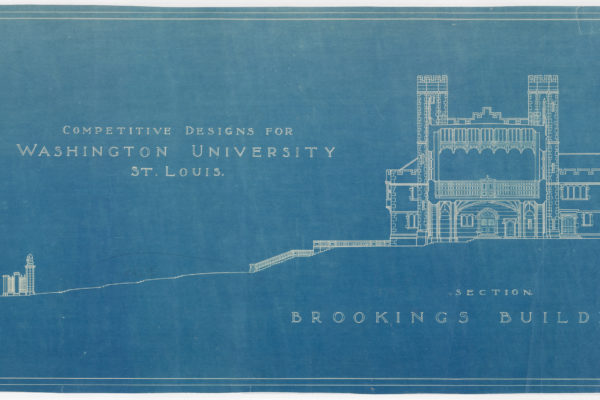
This week’s fire at Notre Dame Cathedral in Paris, which destroyed the iconic spire and much of the roof, gripped the world and led to outpourings of support. But the damage could have been far worse, said architectural historian Eric Mumford, the Rebecca and John Voyles Professor in the Sam Fox School of Design & Visual Arts at Washington University in St. Louis.
“The recent fire at Notre Dame de Paris was certainly a tragedy, and it is only due to the immense courage and skill of the Paris firefighters that its total destruction was averted,” Mumford said. “It is also fortunate that many French and other donors have quickly pledged around a billion dollars for the inevitably complex and expensive multiyear restoration effort.

“Notre Dame is a sacred site for Roman Catholics, but it is also a world historical monument,” Mumford said. “It stands on the Ile de la Cite, in the midst of the River Seine, which was part of the small ancient city of Lutetia. As France grew, Notre Dame became the site where it kings were crowned, and the symbolic center of the nation.”
Though the cathedral was badly damaged during the French Revolution, it remained symbolically important, and received a major renovation during the mid-19th century.
“Authors like Victor Hugo and architects like Eugene-Emmanuel Viollet-le-Duc celebrated Notre Dame as a key center of French, and by extension, European culture — rejecting the earlier neo-classical dismissal of its ‘Gothic’ (originally a term of derision) style,” Mumford said. “Viollet-le-Duc imaginatively oversaw the cathedral’s restoration, and much of what is (or was) there may not have actually corresponded to the Gothic original.”
Going forward, the French nation will face “many difficult decisions in determining how it will be restored, and on what evidence.”

